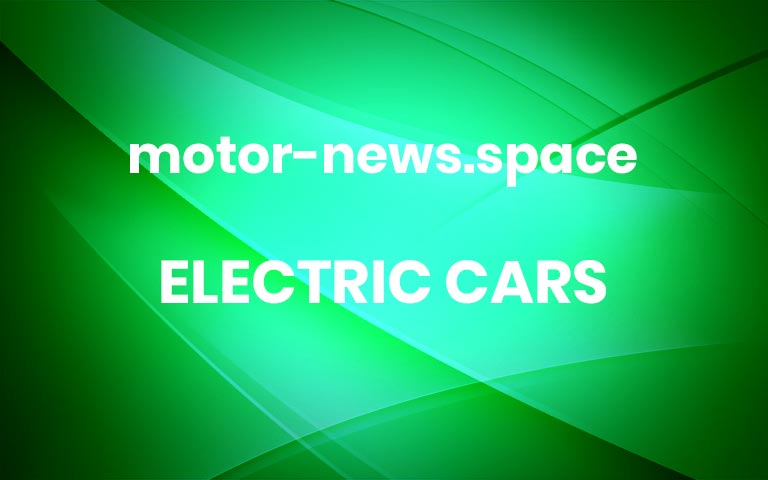Tata Electric Truck Of Future Imagined As Render – Tesla Rival
Future Tata Electric Truck – RenderA heavy-duty Tata electric truck may not be as far from reality as one might thinkAlthough the diesel engine in commercial vehicle applications may survive for a few more decades, the future of mobility is electric. Full fledged electric trucks have already started hitting the roads in several countries, mostly finding themselves restricted to specific applications like dump trucks.Tata Electric Truck RenderingTata Motors, being one of the major commercial vehicle manufacturers in the world in terms of volume, will have to embrace electrification of this range sooner and later. The OEM has been showcasing electric trucks and buses at the Auto Expos for nearly a decade now.So, the technology is production ready and is just waiting for the market to become conducive. We think a heavy-duty Tata electric truck is not too far from seeing the light of day. Our bright in-house design specialist Pratyush Rout presents you his take on how a future electric prime mover from the Indian stalwart would look like, and we love it.Given that heavy-duty trucks, in general, are used for long-haul applications, an appeal of a 100% electric truck is limited to certain niche sectors, at least until the battery tech and charging infrastructure attain a high-level of maturity.Future Tata Electric Truck – RenderSo, under these circumstances, starting with premium offerings and then gradually moving towards mid-premium and mass market segments makes better business sense. What you see here is a speculative rendering of what could be Tata’s flagship electric truck.The design language is a posher and futuristic take on the brand’s Prima family of mid-premium heavy commercial vehicles. The bright colour options just add to the style, not to mention improves safety by enhancing visibility.The low-slung cabin with smooth surfaces make for good aerodynamic performance which will ultimately translate into better overall range. Low-slung LED headlamps, prominent black pseudo grille, and high-mounted cabin conform to world-class truck design standards.Future Tata Electric Truck – RenderPossible ApplicationHeavy-duty electric trucks may find their way into sectors like mining, transportation of over-dimensional cargo over short to medium distance, last mile transportation, etc. Some countries are also experimenting on electrified truck lanes for long distance transportation.Hydrogen fuel-cell technology is also emerging as a viable alternative source of energy for commercial vehicles. With such a significant technological shift, the design and market positioning of the product will also evolve.Future Tata Electric Truck – RenderThe future electric trucks will no longer be rolling out of production lines as ladder-frame skeletons, to be finished by third party fabricators. They will boast well-equipped factory-built cabins with enhanced safety and a comprehensive range of ADAS features to reduce the driver’s workload. Tesla showed us a glimpse of their upcoming Semi electric truck with all the latest driver assist features. Other OEMs are likely to equip their future electric trucks with similar advanced tech.From the fleet owner’s perspective, electric trucks could come at a much higher investment compared to their conventional diesel engined counterparts but advantages include lower running and maintenance costs. The new age of mobility is almost upon us! More


